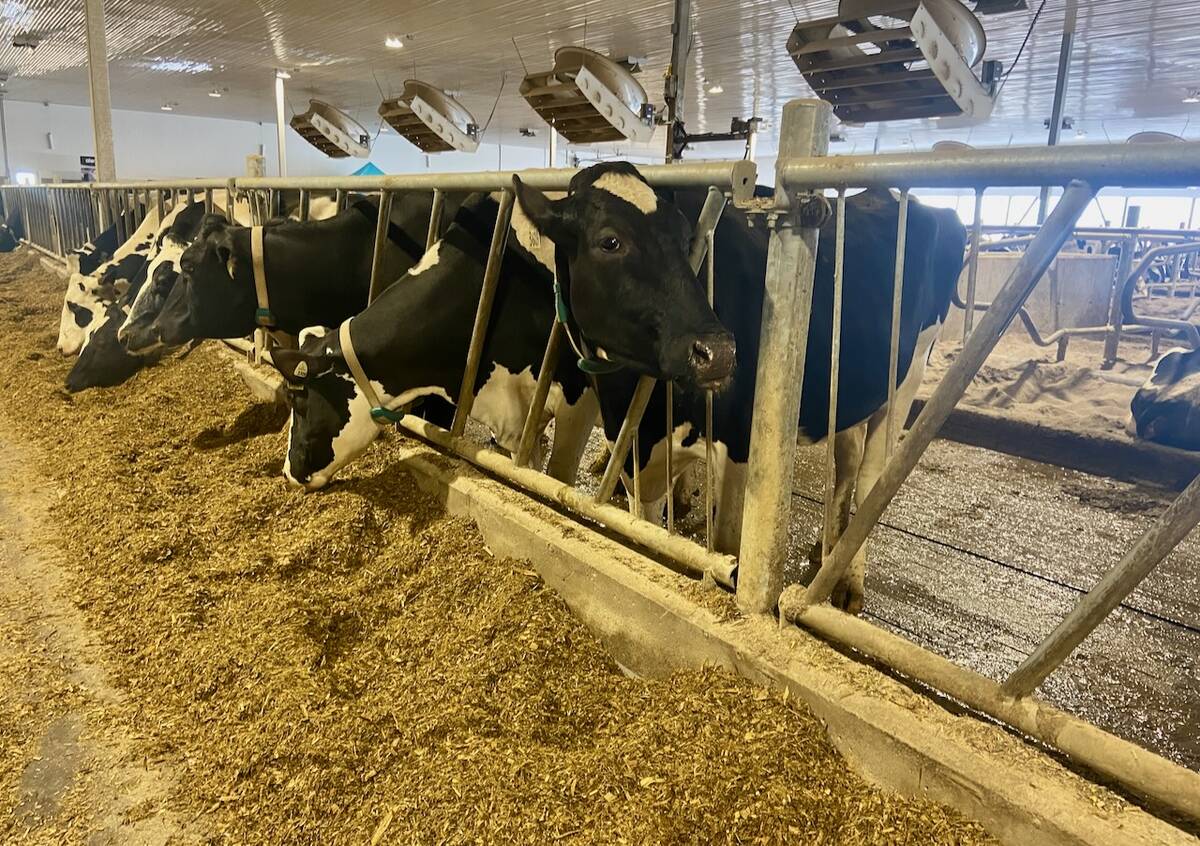Most people think of the subsidy-rich American farm bill legislation as a crop farmers program, but it also has a major impact on North America’s livestock industries.
Producer organizations say the coming farm bill could enshrine and worsen some of the programs that do the most damage to Canada’s livestock industry.
John Masswohl, an agricultural policy specialist with the Canadian Cattlemen’s Association, said few Canadian producers may be fully aware how they would be affected by a provision in the farm bill proposed by the House of Representatives two weeks ago.
Read Also

U.S. farm group supports supply management
U.S. grassroots farm advocacy group pushing new agriculture legislation that would move towards supply management like Canada has for dairy industry
“It’s tucked way down in Title Number 11 under ‘miscellaneous provisions,’ ” Masswohl said about country-of-origin labelling (COOL), which, if implemented, may discourage U.S. packers from buying Canadian livestock.
COOL is popular with many American cattle and hog producers, even though most major livestock organizations have turned against the concept because of its real-world wrinkles and the possibility that it could undermine the U.S. packing industry.
At the recent World Pork Expo, National Pork Producers Council president Jill Appell said American hog producers should be worried about COOL because the labelling and logistical problems will give packers headaches that will come back to producers in the form of lower prices.
National Cattlemen’s Beef Association has worried about COOL because it could damage American producers who don’t keep good records.
But after some modifications, COOL’s possible disruptions to American farmers have been minimized and the provision was slipped into the tail end of the House’s farm bill.
COOL may be the most directly damaging provision in the proposed farm bill, but the crop subsidies also hurt Canadian livestock producers.
Canadian farmers say crop subsidies cause overproduction and depress market prices, which has led Canadian corn growers to launch trade challenges to U.S. corn imports.
Blocking American corn imports might boost the price for domestic corn in Ontario and Manitoba, but it slashes the margins of livestock feeders.
Masswohl understands corn growers’ frustration, but doesn’t like their proposed solution.
“We’ve had an issue for the past couple of years with Canadian grain growers trying to put restrictions on U.S. grains coming into Canada.”
Even without the recent corn battles, Canadian livestock producers are disadvantaged by U.S. crop subsidies, said Martin Rice, executive director of the Canada Pork Council.
“Our corn price has always tended to be the U.S. price, plus transportation,” Rice said, which traditionally gives American livestock producers a competitive advantage.
However, Rice thinks that might change in the next few years.
Large tax breaks and subsidies for biofuel production, including more than $2 billion in the House bill, have created a booming U.S. biofuel industry that consumes corn.
That means areas such as Iowa, the heart of the U.S. hog industry, are becoming feed deficit zones, so the U.S. feed price advantage might decline, or reverse.
“I think the advantage of the U.S. grain users have for feeding animals is going to lessen,” Rice said.
He thinks Canadian livestock producers and grain growers might not suffer from U.S. farm bill crop subsidies because most might never be tapped.
“Right now I don’t think corn prices are going to be driven by the farm bill and loan deficiency targets. I think it’s going to be driven by the ethanol industry.”















